-
October 10th and 11th, 2013
Master lecture
From world art to global art
October 10th, 2013 - 7 p.m.The plurality of art worlds and the new museum
October 11th, 2013 - 7 p.m.Global production has changed contemporary art as radically as the so-called new media had done a decade earlier. It was in the year 1989 that the idea of a global exhibition of contemporary art came up for the first time. This shift coincided with the end of the Cold War and the rise of the era of the New Economy with its multinational corporations. At the same time, the spread of worldwide biennials changed contemporary art’s geography forever. A new generation of internationally recognized artists proclaimed “coevalness” in a worldwide koine of art. Co-presence with the Western art scene replaced their non-presence, which had been a result of exclusion. Today’s art presents itself not only as new art but also as a new kind of art, an art that is expanding all over the globe. Art no longer claims for itself the avant-garde position of modern art, but presents itself as contemporary, in a chronological, symbolical and even ideological sense. Thus, 21st century art testifies to worldwide contemporaneity without limits of the kinds imposed by the Western privilege of history.
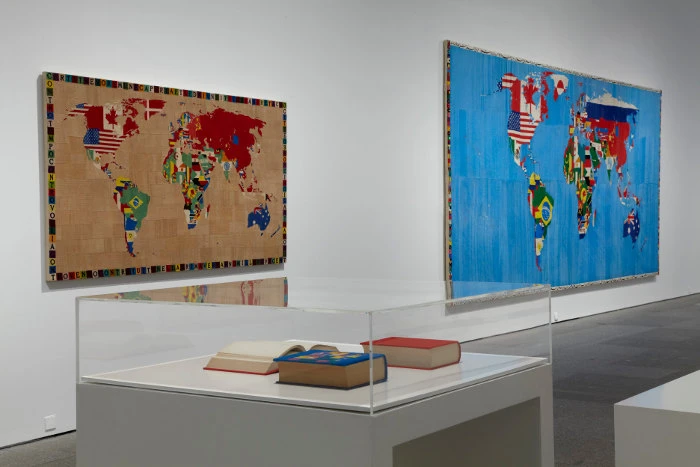
Held on 10, 11 oct 2013
This event is part of the Museo Reina Sofía master lectures series, a public program that began in 2010 as an attempt to better understand the methodological tensions that have transformed art history in recent years. At the same time, the annual master lecture serves as the inauguration to the Museum's academic year, which consists of numerous activities related to its multiple University master's programs, independent study programs, debate forums and research residencies. In addition to these initiatives, this public activity introduces a new facet of the contemporary museum: a place for training and research.
After the master lectures given by Linda Nochlin (2010), about realism as the first language to be used by the avant-garde in its political engagement with 19th century working class struggles, by T.J. Clark (2011), about Guernica studied from the perspective of a new social history of art, and Simón Marchán Fiz (2012), which looked at the reactivation of a text as essential as his “From object art to concept art” on the 20th anniversary of its publication, this year's event has invited Hans Belting (Andernach, 1935).
This German historian is the author of a vast and highly relevant body of works that explores art history as an anthropology of images, rethinking the historiographical foundations of today's art and examining the effects of globalisation on the discourses, institutions and audiences of contemporary art practices.
Thus, publications such as Bild und Kult: Eine Geschichte des Bildes vor dem Zeitalter der Kunst (published in English in 2004 by the University of Chicago Press, as Presence and Likeness: A History of the Image Before the Era of Art) and Bild-Anthropologie (published in English in 2011 by the Princeton University Press, as An Anthropology of Images) make an inquiry into how the image is being redefined following the critique of representation. The image, claims Belting, is not really an end in itself but rather a social activity, that is, it is not determined so much by the why as by the how, by its role in public life and its function in collective identity. After this series of essays, which had an enormous influence on historians such as Georges Didi-Huberman and Dario Gamboni, Belting tackles other vectors with which to narrate contemporary art, which he differentiates epistemologically from modern art. In this way, The End of the History of Art? (published in English by the University of Chicago Press, 1987) and Art History after Modernism (University of Chicago Press, 2003) deal with the dialectics between art criticism and art history, the role of the museum institution, art's new performative temporality and the fragmentation between audiences and counter-audiences, putting forward many of the concerns regarding contemporeneity not as a time but as a theoretical model.
Hans Belting's current interests include globalisation and its relationship with the new geopolitical system of contemporary art, as shown by his recent publications, such as The Global Contemporary and the Rise of New Art Worlds (coedited, with Andrea Buddensieg and Peter Weibel, MIT Press, 2013), and by his role as director of important research groups in this field.
Sponsorship

Más actividades

Oliver Laxe. HU/هُوَ. Dance as if no one were watching you
Tuesday, 16 December 2025 – 7pm
As a preamble to the opening of the exhibition HU/هُوَ. Dance as if no one were watching you, film-maker Oliver Laxe (Paris, 1982) engages in conversation with the show’s curators, Julia Morandeira and Chema González, touching on the working processes and visual references that articulate this site-specific project for the Museo Reina Sofía. The installation unveils a new programme in Space 1, devoted from this point on to projects by artists and film-makers who conduct investigations into the moving image, sound and other mediums in their exhibition forms.
Oliver Laxe’s film-making is situated in a resilient, cross-border territory, where the material and the political live side by side. In HU/هُوَ. Dance as if no one were watching you, this drift is sculpted into a search for the transcendency that arises between dancing bodies, sacred architectures and landscapes subjected to elemental and cosmological forces. As a result, this conversation seeks to explore the relationship the piece bears to the imagery of ancient monotheisms, the resonance of Persian Sufi literature and the role of abstraction as a resistance to literal meaning, as well as looking to analyse the possibilities of the image and the role of music — made here in collaboration with musician David Letellier, who also works under the pseudonym Kangding Ray — in this project.
These inaugural conversations, part of the main working strands of the Museo’s Public Programmes Area, aim to explore in greater depth the exhibition narratives of the shows organised by the Museo from the perspective of artists, curators and specialists.
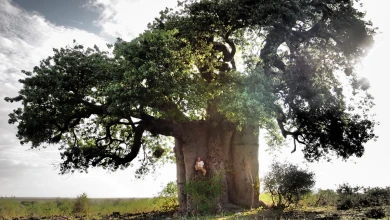
Francisco López and Barbara Ellison
Thursday, 11 December - 8pm
The third session in the series brings together two international reference points in sound art in one evening — two independent performances which converse through their proximity here. Barbara Ellison opens proceedings with a piece centred on the perceptively ambiguous and the ghostly, where voices, sounds and materials become spectral manifestations.
This is followed by Francisco López, an internationally renowned Spanish sound artist, who presents one of his radical immersions in deep listening, with his work an invitation to submerge oneself in sound matter as a transformative experience.
This double session sets forth an encounter between two artists who, from different perspectives, share the same search: to open ears to territories where sound becomes a poetic force and space of resistance.
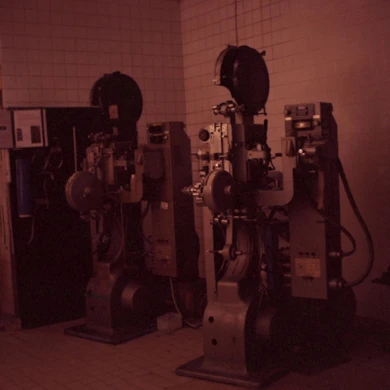
Long Live L’Abo! Celluloid and Activism
4, 5, 6 DIC 2025
L’Abominable is a collective film laboratory founded in La Courneuve (Paris, France) in 1996. It came into being in response to the disappearing infrastructures in artisan film-making and to provide artists and film-makers with a self-managed space from which to produce, develop and screen films in analogue formats such as Super 8, 16mm and 35mm. Anchored in this premise, the community promotes aesthetic and political experimentation in analogue film opposite digital hegemony. Over the years, L’Abominable, better known as L’Abo, has accompanied different generations of film-makers, upholding an international movement of independent film practices.
This third segment is structured in three sessions: a lecture on L’Abo given by Pilar Monsell and Camilo Restrepo; a session of short films in 16mm produced in L’Abo; and the feature-length film Une isle, une nuit, made by the Les Pirates des Lentillères collective.
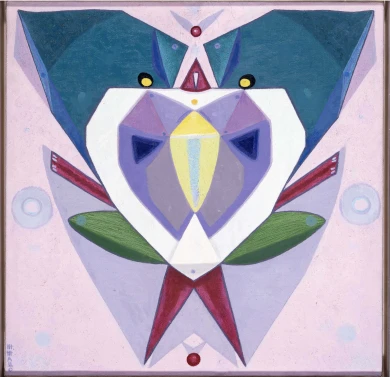
Estrella de Diego Lecture. Holding Your Brain While You Sleep
Wednesday, 3 December 2025 – 7pm
Framed inside the Museo Reina Sofía’s retrospective exhibition devoted to Maruja Mallo, this lecture delivered by Estrella de Diego draws attention to the impact of the artist’s return to Spain after her three-decade exile in Latin America.
Committed to values of progress and renewal in the Second Republic, Mallo was forced into exile to Argentina with the outbreak of the Civil War and would not go back to Spain to settle definitively until 1965 — a return that was, ultimately, a second exile.
Mallo saw out her prolific artistic trajectory with two impactful series: Moradores del vacío (Dwellers of the Void, 1968–1980) and Viajeros del éter (Ether Travelers, 1982), entering her most esoteric period in which she drew inspiration from her “levitational experiences” of crossing the Andes and sailing the Pacific. Her travels, both real and imaginary, became encounters with superhuman dimensions.
In parallel, her public persona gained traction as she became a popular figure and a key representative of the Generation of ‘27 — the other members of which also started returning to Spain.
This lecture is part of the Art and Exile series, which seeks to explore in greater depth one of the defining aspects of Maruja Mallo’s life and work: her experience of exile. An experience which for Mallo was twofold: the time she spent in the Americas and her complex return to Spain.
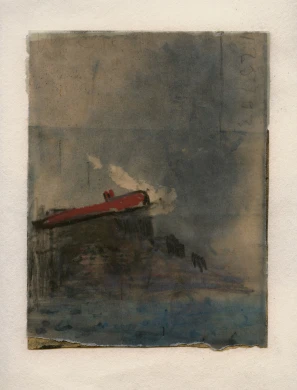
Juan Uslé. That Ship on the Mountain
Tuesday, 25 November 2025 – 7pm
Ángel Calvo Ulloa, curator of the exhibition Juan Uslé. That Ship on the Mountain, engages in conversation with artist Juan Uslé (Santander, 1954) in the Museo’s Auditorium 400 to explore in greater depth the exhibition discourse of this anthological show spanning four decades of Uslé’s artistic career.
The show casts light on the close relationship Uslé’s work bears to his life experiences, establishing connections between different stages and series which could ostensibly seem distant. Framed in this context, the conversation looks to explore the artist’s personal and professional journey: his memories, experiences of New York, his creative process, conception of painting, and ties with photography and film, and the cohesiveness and versatility that characterise his art. Key aspects for a more in-depth understanding of his artistic sphere.
The conversation, moreover, spotlights the preparatory research process that has given rise to this exhibition to grant a better understanding of the curatorial criteria and decisions that have guided its development.
These inaugural conversations, part of the main working strands of the Museo’s Public Programmes Area, aim to explore in greater depth the exhibition narratives of the shows organised by the Museo from the perspective of artists, curators and specialists.
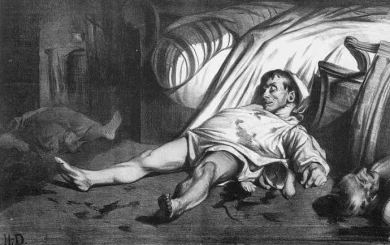
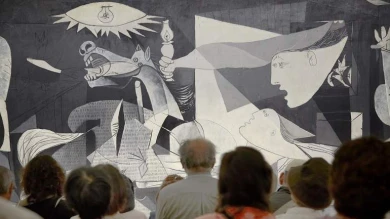




![Miguel Brieva, ilustración de la novela infantil Manuela y los Cakirukos (Reservoir Books, 2022) [izquierda] y Cibeles no conduzcas, 2023 [derecha]. Cortesía del artista](https://recursos.museoreinasofia.es/styles/small_landscape/public/Actividades/ecologias_del_deseo_utopico.jpg.webp)
![Ángel Alonso, Charbon [Carbón], 1964. Museo Reina Sofía](https://recursos.museoreinasofia.es/styles/small_landscape/public/Actividades/perspectivas_ecoambientales.jpg.webp)